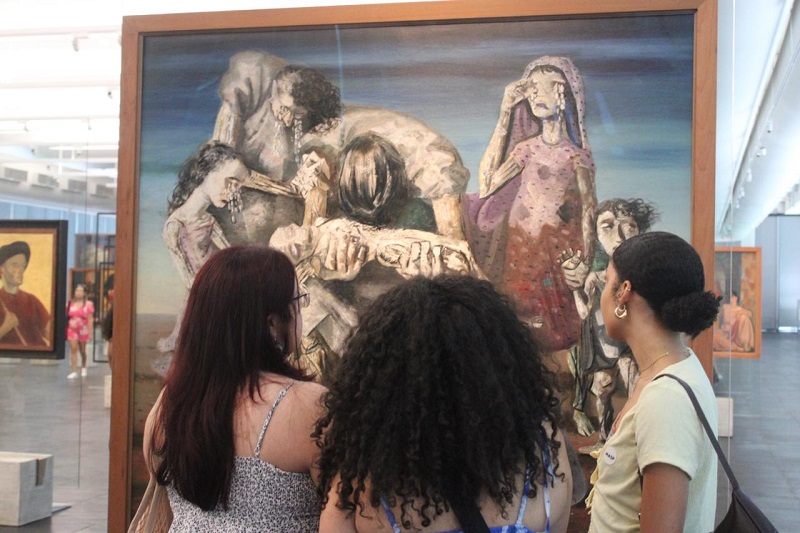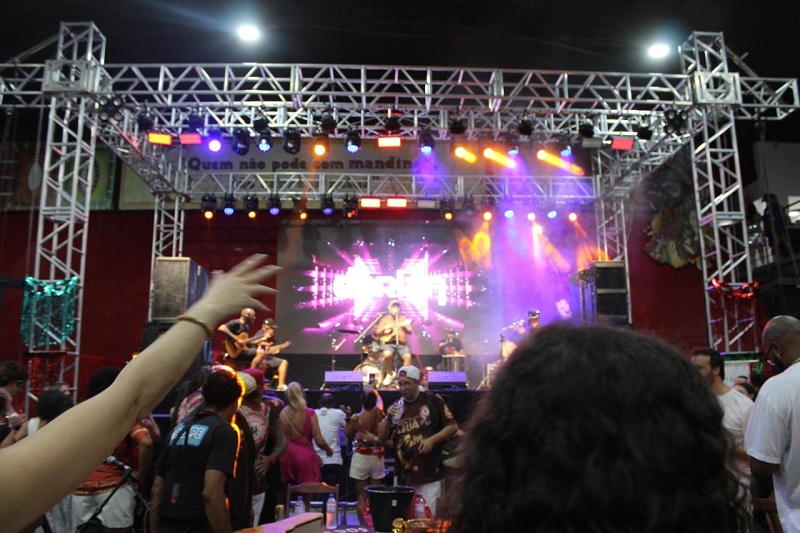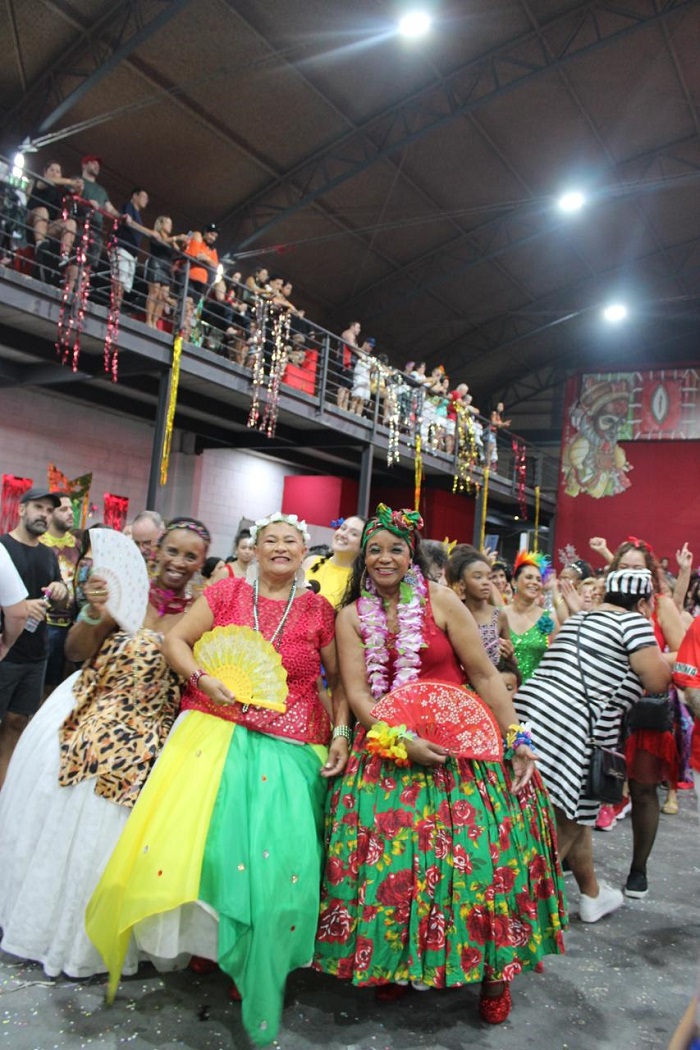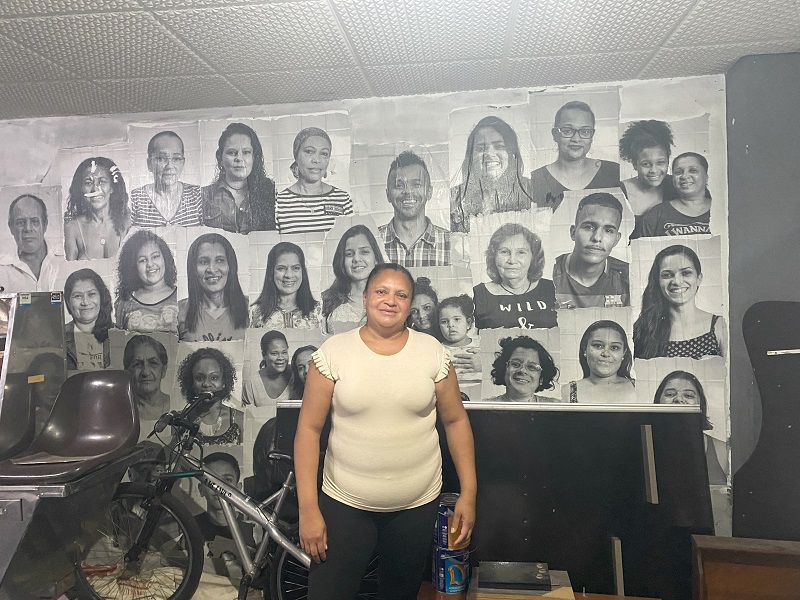Photos taken by Elinor Ketelhohn (Columbia University), Student Correspondent for CET Brazil (Social Justice), Spring 2025
São Paulo Museum of Art

Exploring the iconic São Paulo Museum of Art (MASP)—a space where bold architecture meets some of the finest collections of art in Latin America. Here, some of our students are examining the painting Criança morta (1944) by Candido Portinari.
Depicting a family of northeastern migrants mourning the death of a child, the painter highlights the inequalities & tragedies that result from poverty & exploitation in Northeaster Brazil—echoing our students’ classes at the Pontifical Catholic University of São Paulo (PUC).
Samba


CET Brazil students attended a live music & dance performance in São Paulo, experiencing the rhythm of samba firsthand. Born from Afro-Brazilian roots, samba is more than music and dance—it’s a celebration of culture, resistance, and joy. Did you know it’s what Carnival is all about? Carnival features competitive samba schools performing and showcasing their elaborate costumes & floats.

Here’s a giant roda de samba, which literally means “samba circle,”—a musical and social gathering where people come together to play, sing, dance, and celebrate samba, one of Brazil’s most iconic music genres. It’s informal, spontaneous, and full of energy.
Student Spotlights: Gilman Scholars


Elizabeth Gallegos Rodriguez studies Sociology and Educational Studies at Bates College. She was awarded the prestigious Benjamin A. Gilman International Scholarship to study abroad, and chose Brazil:
“After I spent a summer interning at a nonprofit organization that supported individuals in immigration detention, I grew interested in learning Portuguese as I met people from across the world. As a sociology major I have a deep rooted interested in learning about social justice movements across the world, and decided I wanted to learn more about community organizing in São Paulo!”
Nisani Marin studies Political Economy and Critical Race at Mount Holyoke College. On her decision to study abroad in São Paulo with CET, she remarks:
“I came to Brazil because I wanted to see what social justice looks like abroad, and as the Blackest place outside of Africa, Brazil was the perfect place to do so.”
She is excited to collaborate with organizations dedicating to advancing equity and justice on a systemic level.
Housing Occupation in República

The CET Brazil Cohort had the opportunity to visit a housing occupation in República in the center of São Paulo—ultimately illuminating them on their fight for legal status, the living conditions under which occupants lived, and the democratic nature of their operations. Here is Suzane, a leader of this occupation, picture in front of portraits of past leaders. Women are often of the forefront of these movements.